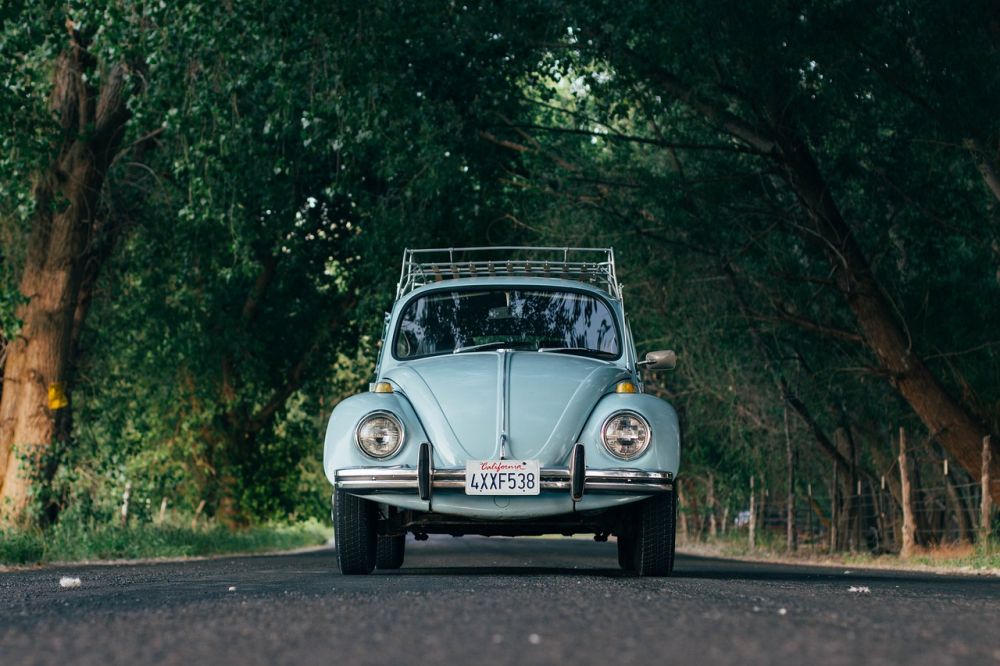VW Beetle: A Timeless Classic Car

Introduction: What You Need to Know about the VW Beetle
The Volkswagen Beetle, also known as the VW Bug, is an iconic car that has captured the hearts of car enthusiasts worldwide. With its distinctive design and rich history, the Beetle has become a symbol of freedom, individuality, and nostalgia. In this article, we will explore the key aspects of the VW Beetle, from its inception to its evolution, and discuss why it continues to be a beloved favorite among car owners and enthusiasts.
History of the VW Beetle: From Humble Origins to Global Icon
The story of the VW Beetle begins in the 1930s, when Ferdinand Porsche was approached by Adolf Hitler to design a car that could be affordable for the average German citizen. The result was the Beetle, officially known as the Volkswagen Type 1. Its simple yet revolutionary design featured rounded contours, a rear-engine layout, and an air-cooled engine.
However, it wasn’t until after World War II that the Beetle gained worldwide recognition. The Beetle’s popularity soared in the 1950s and 1960s, especially in the United States, where it became a cultural phenomenon. Its stylish and compact design appealed to the younger generation, while its affordability made it accessible to a wide range of buyers.
As the years went by, the VW Beetle underwent various changes and upgrades. In the 1970s, it acquired a more robust engine, improved safety features, and a more comfortable interior. The introduction of the convertible version added versatility and increased its appeal. Despite facing competition from other car manufacturers, the Beetle continued to hold its ground and remained an iconic symbol of the automotive industry.
Key Features and Design of the VW Beetle

The VW Beetle’s design is instantly recognizable, with its friendly and curvaceous exterior. Its round headlights, wide fenders, and round shape give it a distinct personality that sets it apart from other cars on the road. The Beetle’s compact size makes it suitable for urban environments, while its ample trunk space ensures practicality.
Under the hood, the VW Beetle features a range of engine options that cater to different preferences. From efficient four-cylinder engines to more powerful turbocharged variants, there is a Beetle engine for every driver. The Beetle also boasts advanced technology features such as touchscreen infotainment systems, smartphone integration, and driver assistance systems, offering a modern driving experience without compromising its retro charm.
Evolution of the VW Beetle: Modern Adaptations and Variants
In recent years, Volkswagen has introduced modern adaptations of the VW Beetle to cater to changing consumer demands. The larger Beetle model, known as the Beetle Dune, offers a more rugged design with raised suspension for adventurous drivers. The Beetle Classic pays homage to the original design with vintage-inspired features and color options, appealing to those seeking a nostalgic driving experience.
Volkswagen has also embraced electrification with the introduction of the VW Beetle Electric concept. This electric Beetle retains the iconic design while offering a sustainable and eco-friendly driving experience. With its instant torque and zero emissions, the electric Beetle represents the future of mobility without compromising on its classic appeal.
Conclusion: The Timeless Allure of the VW Beetle
The VW Beetle has truly stood the test of time, captivating hearts and minds for generations. Its unique design, rich history, and constant evolution have contributed to its status as a global icon. Whether you are a car owner or a passionate enthusiast, the VW Beetle offers a driving experience that is both nostalgic and modern. Embrace the spirit of individuality and freedom as you hit the road in this timeless classic car.
FAQ
How has the VW Beetle evolved over time?
What are the key features of the VW Beetle?
What is the history of the VW Beetle?
Flere Nyheder
Se brugte biler til salg på bilhandel.dk
Introduction: What You Need to Know about the VW Beetle The Volkswagen Beetle, also known as the VW Bug, is an iconic car that has captured the hearts of car enthusiasts worldwide. With its distinctive design and rich history, the Beetle has become a...
22 oktober 2025
Sådan kører du sikkert i regn og sne
Introduction: What You Need to Know about the VW Beetle The Volkswagen Beetle, also known as the VW Bug, is an iconic car that has captured the hearts of car enthusiasts worldwide. With its distinctive design and rich history, the Beetle has become a...
23 september 2025
Hvordan køretøjer tilpasses transport af medicin
Introduction: What You Need to Know about the VW Beetle The Volkswagen Beetle, also known as the VW Bug, is an iconic car that has captured the hearts of car enthusiasts worldwide. With its distinctive design and rich history, the Beetle has become a...
10 september 2025
Historien bag varevogne og deres rolle i handel
Introduction: What You Need to Know about the VW Beetle The Volkswagen Beetle, also known as the VW Bug, is an iconic car that has captured the hearts of car enthusiasts worldwide. With its distinctive design and rich history, the Beetle has become a...
09 september 2025











